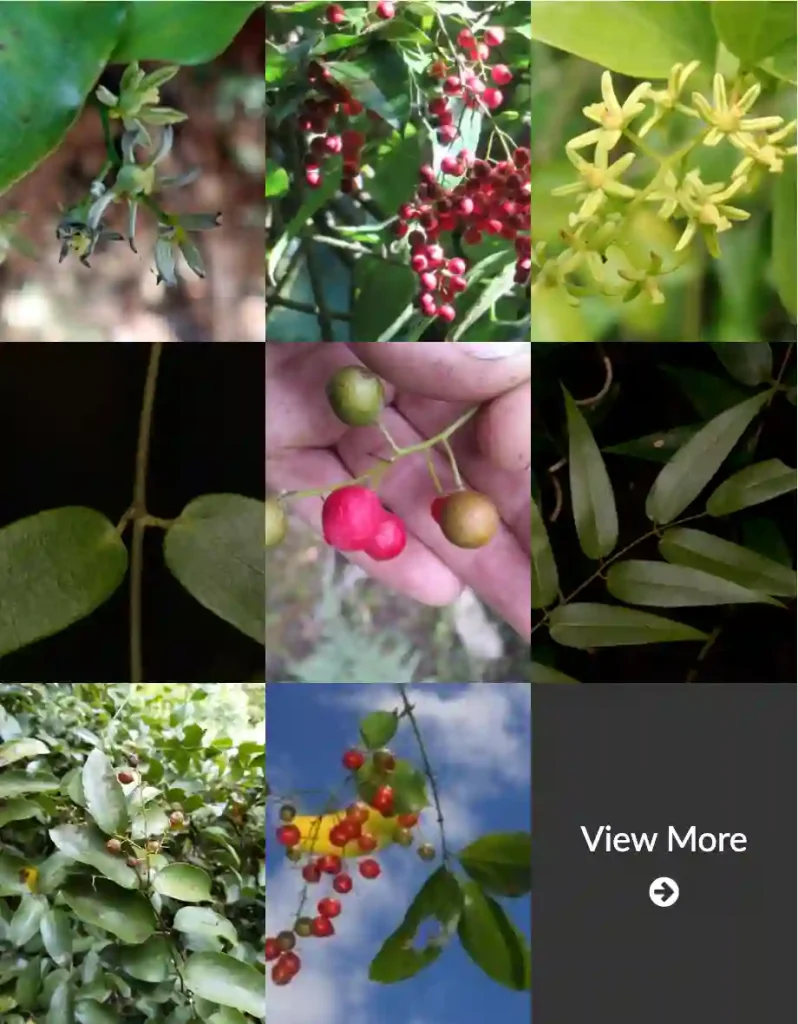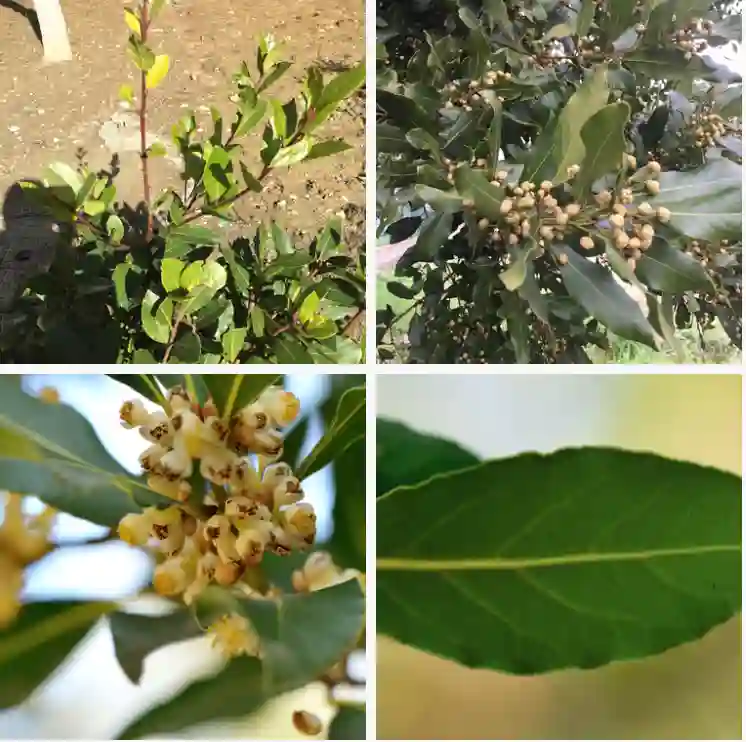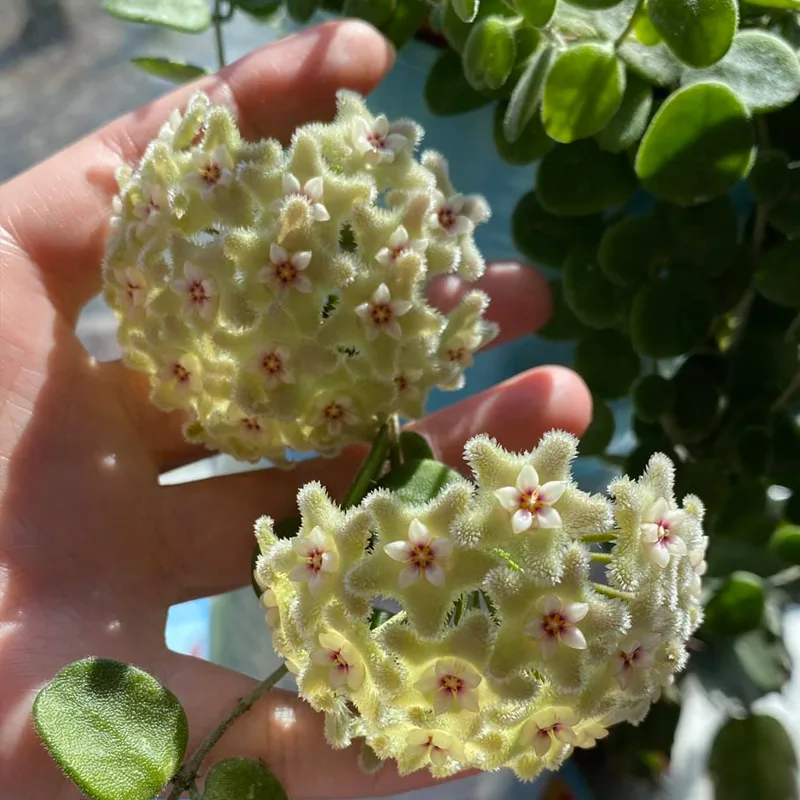
FAQs About the Eagleston Holly Tree
I’ve had my fair share of experiences with different types of plants and trees, and one that has really caught my attention over the years is the Eagleston Holly Tree. This tree is an excellent choice for various landscaping needs, but there are always questions that pop up when people consider adding it to their yards. I’ll address some of the most frequently asked questions about the Eagleston Holly Tree, touching on its pros and cons, growth rate, height, root system, and more.
Plant Family: Aquifoliaceae – 569 Species in Genus Ilex – Holly Tree
What is the Eagleston Holly Tree?
The Eagleston Holly Tree is a hybrid of the American Holly and Dahoon Holly. This tree is evergreen, which means it keeps its leaves year-round, adding color and structure to any landscape. It’s often used as a privacy screen, hedge, or ornamental tree. The tree has a dense, upright form, and its dark green leaves provide a striking contrast against other plants.
Eagleston Holly Tree Pros and Cons
Like any plant, the Eagleston Holly Tree comes with its pros and cons. One of the significant advantages of this tree is its versatility. It can be used as a hedge, a specimen tree, or even in a row to create a natural privacy screen. Its evergreen foliage ensures year-round interest, and the tree is relatively low-maintenance once established.
On the downside, the Eagleston Holly Tree can be susceptible to pests and diseases like leaf spot or holly leaf miner. Another potential issue is its slow growth rate, which might be a drawback if you’re looking for a fast-growing privacy screen. However, this slow growth can also be a benefit if you’re seeking a tree that won’t require frequent pruning or become too large too quickly.
Eagleston Holly Tree Form
The form of the Eagleston Holly Tree is one of its most attractive features. It has a naturally dense, pyramidal shape that rarely needs pruning to maintain. The tree typically has a single trunk with branches that grow upright, giving it a stately and elegant appearance. This form makes it a popular choice for formal landscapes, where a structured, symmetrical look is desired.
Eagleston Holly Tree Growth Rate
The Eagleston Holly Tree has a moderate growth rate, typically growing about 12 to 24 inches per year. While this may seem slow compared to other trees, it’s actually beneficial for those who prefer a tree that won’t quickly outgrow its space. This slower growth rate also means that the tree will maintain its form and won’t require constant pruning.
Eagleston Holly Tree Height
When it comes to height, the Eagleston Holly Tree is relatively modest. It generally reaches a mature height of 15 to 25 feet. This makes it an excellent choice for smaller yards or for use as an accent tree that won’t overpower the rest of the landscape. If you’re looking for a taller tree, you may need to consider other varieties, but for most residential applications, this height is ideal.
Eagleston Holly Tree Root System
The root system of the Eagleston Holly Tree is relatively shallow, which is something to consider when planting. Because of its shallow roots, it’s essential to ensure the tree is well-watered, especially during dry periods. However, this shallow root system also means that the tree is less likely to damage sidewalks, driveways, or foundations, making it a safer choice for planting near structures.
Eagleston Holly Tree Spacing
When planting multiple Eagleston Holly Trees, spacing is crucial to ensure they have enough room to grow without overcrowding. I recommend spacing the trees 8 to 10 feet apart if you’re planting them as a hedge or screen. This allows each tree to develop its full form without competing for nutrients and water.
Eagleston Holly Tree Zone
The Eagleston Holly Tree is hardy in USDA zones 7 to 10. This means it can tolerate a range of temperatures, from the mild winters of the South to the more moderate climates of the coastal regions. However, it’s not suitable for areas with extremely cold winters, so it’s essential to consider your zone before planting.
How to Trim Eagleston Holly Tree?
Trimming an Eagleston Holly Tree is relatively straightforward, thanks to its natural shape. I suggest trimming in late winter or early spring before new growth begins. Focus on removing any dead or damaged branches, as well as any that disrupt the tree’s natural form. If you’re using the tree as a hedge, you can trim it more aggressively to maintain the desired shape, but be sure not to remove too much at once, as this can stress the tree.
Do Eagleston Holly Trees Have Berries?
Yes, Eagleston Holly Trees can produce berries, but it depends on the presence of both male and female trees. The female trees will produce small white flowers in the spring, followed by bright red berries in the fall, provided there is a male tree nearby for pollination. These berries add a pop of color to the landscape and are a favorite of birds.
How to Care for Eagleston Holly Tree?
Caring for an Eagleston Holly Tree is relatively simple. These trees prefer well-drained, slightly acidic soil and should be watered regularly, especially during the first few years after planting. Mulching around the base can help retain moisture and keep the roots cool. Fertilize in the early spring with a balanced fertilizer to encourage healthy growth.
How to Propagate Eagleston Holly Tree?
Propagation of the Eagleston Holly Tree is typically done through cuttings. In late summer, take semi-hardwood cuttings about 4 to 6 inches long. Remove the lower leaves and dip the cut end in rooting hormone before planting it in a mix of peat and perlite. Keep the cutting moist and in a shaded area until roots develop, which can take several weeks.
What to Plant with Eagleston Holly Tree?
The Eagleston Holly Tree pairs well with a variety of other plants. I’ve found that it looks particularly stunning when planted alongside other evergreen shrubs like Boxwood or Azaleas. You can also pair it with flowering plants that thrive in similar conditions, such as Camellias or Hydrangeas, to add seasonal interest to your garden.
In summary, the Eagleston Holly Tree is a versatile and attractive option for many landscapes. Whether you’re looking for a privacy screen, a formal hedge, or a stand-alone specimen tree, this holly offers a range of benefits with relatively low maintenance requirements. With proper care, it will thrive and provide beauty to your landscape for years to come.
If i die, water my plants!



